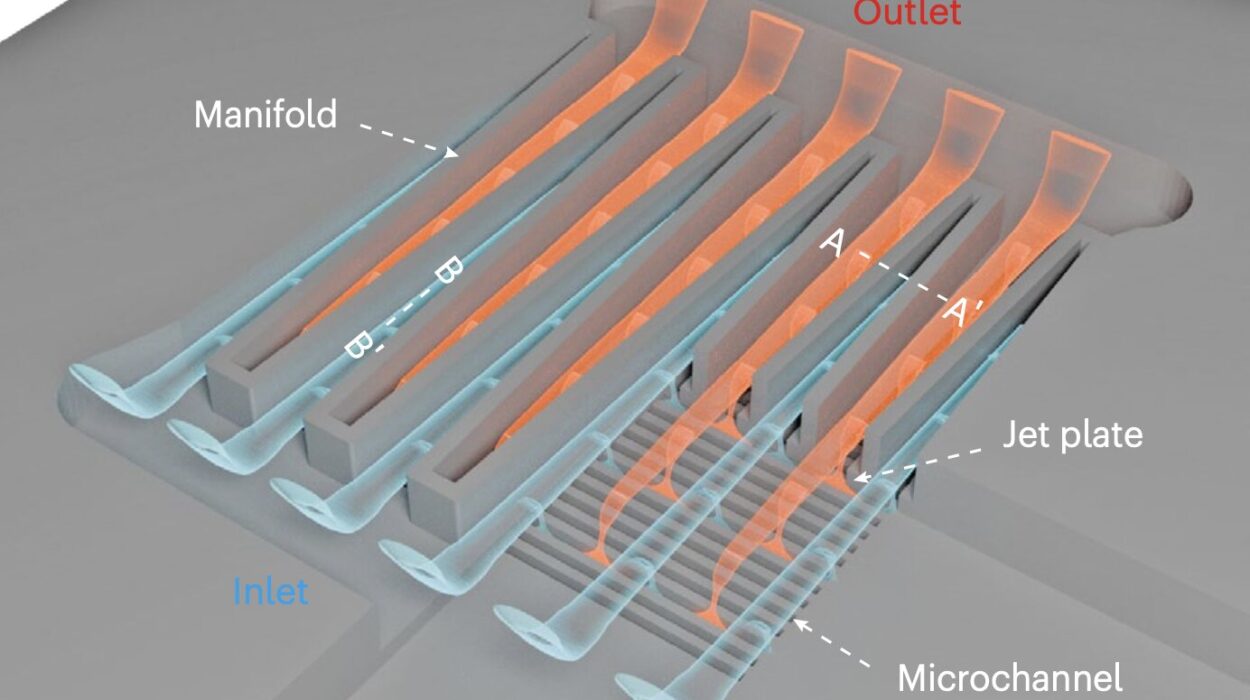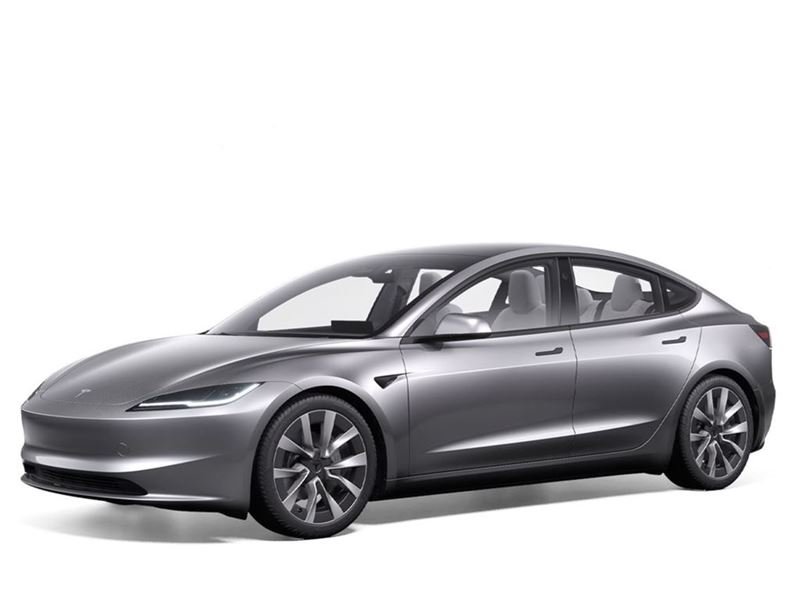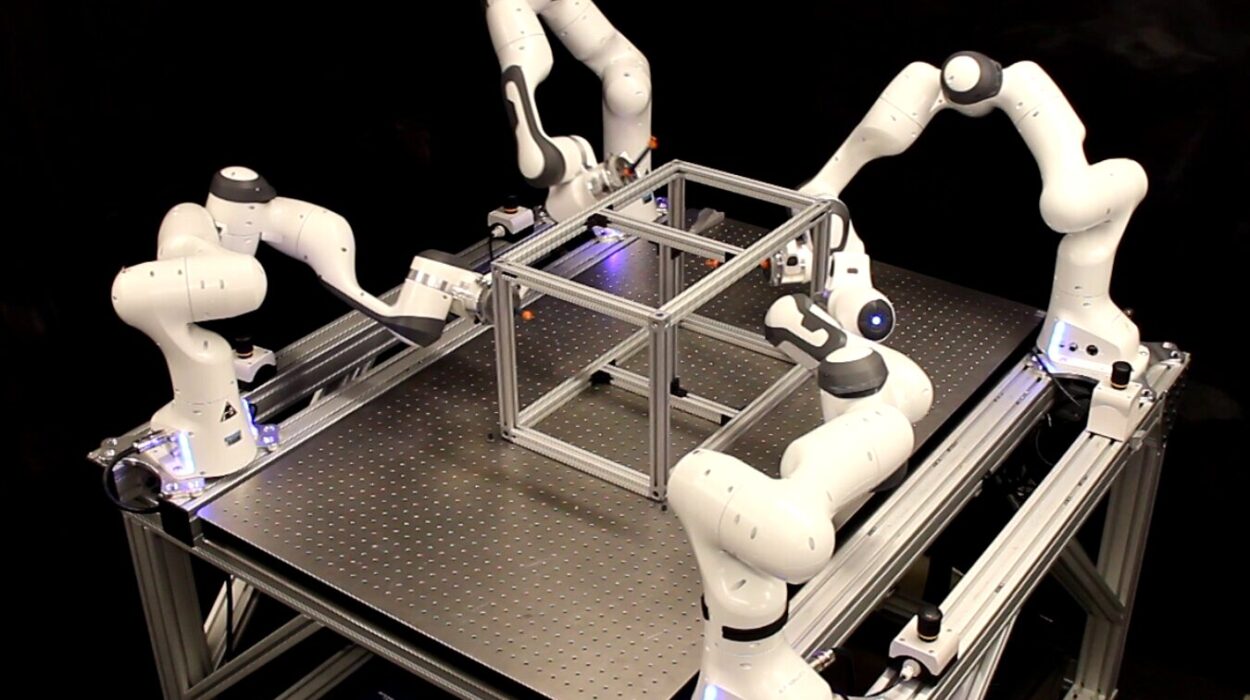For over a century, the idea of flying cars has captured the imagination of dreamers, futurists, and inventors. It’s a symbol of human ambition—a fusion of freedom, innovation, and science fiction. From comic books and pulp magazines to Hollywood blockbusters and tech expos, flying cars have remained one of the most iconic visions of the future.
But while jetpacks and teleportation remain elusive fantasies, the flying car—the ultimate marriage of the road and the sky—is no longer just a dream. Prototypes are in the air, companies are raising billions in capital, and test flights are happening all over the world.
So the real question is no longer “Can we build flying cars?” but rather, “When will flying cars be available to the public?”
To answer this, we need to dive deep—not just into the technological progress, but also the economic, regulatory, logistical, and social ecosystems that will determine whether flying cars ever become as common as sedans or scooters.
A Century in the Making: The Long Road to Liftoff
The story of flying cars begins long before drones, eVTOLs (electric vertical take-off and landing aircraft), or billion-dollar startups. In fact, the first known “flying car” was built in 1917 by aviation pioneer Glenn Curtiss. His vehicle, the Autoplane, looked like a cross between a biplane and an early Ford automobile. It managed to make a few short hops before being grounded permanently.
The mid-20th century saw other attempts—most notably the Taylor Aerocar in the 1950s, which could convert from a car into a small aircraft. It worked—but never gained traction due to cost, complexity, and regulatory headaches.
Over the decades, dozens of similar projects emerged and vanished. Some succeeded technically but failed commercially. Others never left the drawing board. The pattern was always the same: hype, hope, and hard landings.
What changed in the 21st century was the convergence of several transformative technologies: lightweight composite materials, powerful electric motors, artificial intelligence, GPS navigation, and advanced batteries. Suddenly, the physics and economics of personal air vehicles began to look less like fantasy—and more like an impending revolution.
Defining the Flying Car: What Exactly Are We Talking About?
Before we go any further, let’s clarify what we mean by “flying car.”
There are several different concepts lumped under that term, and they vary wildly in design, capability, and practicality.
- Roadable Aircraft: Vehicles that can be driven on roads and flown like small airplanes. These typically require runways and trained pilots.
- Vertical Takeoff Vehicles (VTOL): Aircraft that can take off and land vertically, like helicopters. Some are also drivable on roads; others are purely aerial.
- Electric VTOL (eVTOL): A subcategory of VTOLs powered entirely by electricity. These are quieter, more efficient, and better suited to urban environments.
- Hovercars or Antigrav Vehicles: The stuff of science fiction—cars that float or levitate without traditional propulsion systems. These do not exist in any real form today.
When we talk about “flying cars becoming available to the public,” we are usually referring to the second and third categories—vehicles that can take off and land vertically, ideally from small pads or rooftops, and can be used for personal or shared transportation.
Who’s Building Flying Cars?
As of today, more than 200 companies worldwide are working on some form of flying car or personal air vehicle. The field is a mix of aerospace giants, scrappy startups, automotive companies, and tech firms.
Among the most well-known are:
- Joby Aviation: Backed by Toyota and aligned with NASA, Joby is developing a sleek, quiet eVTOL aimed at urban air mobility.
- Archer Aviation: Working on an all-electric air taxi with a focus on commercial deployment in the U.S.
- Volocopter: Based in Germany, they’re focusing on short-range urban flights and have already completed manned test flights in cities like Singapore.
- Lilium: Also German, their jet-powered eVTOL aims for higher speeds and longer range than most competitors.
- Terrafugia and PAL-V: These companies are developing roadable aircraft—essentially cars with folding wings or rotors.
While each has a unique approach, most are designing their aircraft for urban air mobility (UAM)—the use of aerial vehicles for short, on-demand transportation in urban or suburban areas. Think of Uber in the sky, not a personal flying car parked in your garage.
The Technology Is Ready—Almost
Flying car prototypes are no longer just concept art. They are flying today. Videos of successful test flights, autonomous operations, and complex multi-rotor designs are now easy to find. So why aren’t they in your driveway yet?
The answer lies in four main technological challenges:
1. Battery Technology
Most flying cars are powered by electric batteries. However, even the best lithium-ion batteries today have a lower energy density than gasoline. This limits the range and payload of eVTOL aircraft. For example, while a typical helicopter can fly for hours, many early eVTOL prototypes have flight times under 30 minutes.
Advancements in solid-state batteries or hydrogen fuel cells could significantly improve this, but these technologies are still in the development phase.
2. Noise and Safety
Flying cars must be quiet enough to operate in cities without disturbing the population. Multirotor electric systems help reduce noise, but not eliminate it.
Safety is even more critical. Unlike ground vehicles, a mechanical failure in the air is catastrophic. Redundant systems, parachutes, autonomous controls, and real-time diagnostics are essential—but also expensive and complex.
3. Autonomy and Control
Most flying cars are being designed to operate autonomously, or with minimal user input. This is essential because expecting every user to be a licensed pilot is unrealistic.
But autonomous flight—especially in crowded, unpredictable urban environments—is a monumental challenge. It requires seamless AI integration, air traffic management, collision avoidance, and constant communication with ground and aerial systems.
4. Vertical Takeoff Efficiency
Vertical takeoff and landing consume enormous energy compared to horizontal flight. Developers are working on hybrid systems that combine fixed-wing flight with rotors to improve efficiency. However, these designs are complex and require precise control.
Regulatory Hurdles: Airspace Is Not a Highway
Even if the technology were perfected tomorrow, flying cars wouldn’t be available to the public immediately—because the airspace is not ready.
Today, commercial air traffic is highly regulated, with strict protocols, limited flight corridors, and intense scrutiny from aviation authorities like the FAA (U.S.), EASA (Europe), and others worldwide.
To integrate flying cars, governments will need to:
- Certify new types of aircraft with no existing categories
- Establish new rules for pilot licensing (or autonomous operation)
- Create corridors or layers of airspace specifically for UAM
- Install thousands of landing zones or “skyports”
- Monitor and control thousands of small aircraft in real-time
In short, the bureaucracy of the skies is a bigger barrier than the engineering of the vehicles.
Progress is being made—especially in countries like the U.S., Germany, and Singapore—but full regulatory approval will take years, if not decades.
Infrastructure: Where Will They Land?
A flying car is only as useful as the infrastructure supporting it. That means not just aircraft—but landing pads, charging stations, maintenance hubs, and digital networks.
Most current plans envision vertiports—small, rooftop takeoff and landing pads equipped with chargers, air traffic control, and passenger lounges. These could be placed on skyscrapers, malls, parking garages, or purpose-built towers.
However, building this infrastructure will be expensive, politically complex, and time-consuming. Cities must adjust zoning laws, retrofit buildings, manage noise complaints, and integrate new digital systems for scheduling and safety.
In rural areas, where flying cars might offer even more benefit due to sparse road networks, the challenge is even greater: how do you land in a remote village, refuel or recharge, and get support if something goes wrong?
Until these problems are solved, flying cars will remain confined to controlled environments or high-end applications.
Cost: Who Will Afford a Flying Car?
Today’s prototypes are not cheap. Even with mass production, early flying cars are expected to cost anywhere from $200,000 to $1 million. That’s well beyond the reach of average consumers.
However, most companies are not targeting individuals—they’re aiming for fleet-based, ride-sharing models. You won’t own a flying car, but you might book one like a rideshare, especially for long commutes or cross-city travel.
This model could dramatically lower costs for users, while generating sustainable revenue for operators. Over time, as the technology matures, economies of scale might bring the price down, just as they did with cars, airplanes, and smartphones.
Still, for at least the next decade, flying cars will be a luxury experience—not a mass-market solution.
Environmental Impact
Flying cars—especially electric ones—are often marketed as green alternatives. But are they?
In terms of local emissions, eVTOLs are clean and quiet. However, their overall carbon footprint depends on battery manufacturing, energy sources, and flight patterns.
Studies suggest that flying cars may be less efficient than ground vehicles over short distances (due to vertical lift), but more efficient over longer commutes, especially when flying in straight lines and at higher speeds.
If powered by renewable energy and optimized for shared use, flying cars could indeed reduce traffic congestion and carbon emissions. But if they become another form of private luxury travel, their environmental impact could be substantial.
Public Acceptance: Trust, Fear, and Fascination
Even if flying cars become safe, affordable, and legal—will people actually want to use them?
Public trust is a huge issue. Many people are nervous about autonomous systems, and the idea of flying in a small vehicle without a pilot is daunting.
Then there’s fear of crashes, hacking, mid-air collisions, and malfunctions. Cultural perceptions, media portrayals, and past aviation incidents all shape public attitudes.
Education, transparency, and experience will be crucial. As people see flying cars in action—quietly lifting off from rooftops, flying safely, and arriving on time—they will gradually warm to the idea.
Just as people once feared elevators, airplanes, and self-driving cars, they may come to accept and embrace aerial vehicles.
So, When Will They Be Available?
This brings us to the big question: when will flying cars be available to the public?
Let’s break it down realistically:
- 2025–2030: First limited deployments in cities like Dubai, Los Angeles, or Singapore. These will be pilot programs, fleet-based, operating along fixed routes with strict oversight.
- 2030–2040: Expansion to more cities, increased autonomy, better batteries, and improved infrastructure. Prices begin to fall, and middle-class professionals begin using aerial rideshares for business travel or long commutes.
- 2040–2050: Wider adoption in suburban and rural areas. Personal flying cars may be available for purchase—but still rare. Infrastructure becomes more ubiquitous. Air traffic management becomes largely digital and autonomous.
- Beyond 2050: Flying cars may become as common as cars are today. Fully autonomous, efficient, and integrated into smart cities, they might finally deliver the freedom long promised by science fiction.
Of course, all timelines are speculative. Technological breakthroughs or global crises (like pandemics or economic collapses) could accelerate or delay progress.
But the general trajectory is clear: the age of the flying car is coming.
Final Thoughts: A Future in the Sky
Flying cars are not a fantasy. They’re a frontier.
They represent not just a new way to travel, but a new way to think about space, distance, and possibility. They challenge our assumptions about infrastructure, mobility, energy, and autonomy.
They won’t solve all our problems. They won’t be perfect. But like the automobile, airplane, and smartphone before them, flying cars have the potential to reshape the world—not overnight, but over time.
So when will flying cars be available to the public?
Sooner than you think. Later than you hope. But certainly, someday.
And when that day comes, you may look up—not at the stars, but at your ride arriving silently from the clouds.






